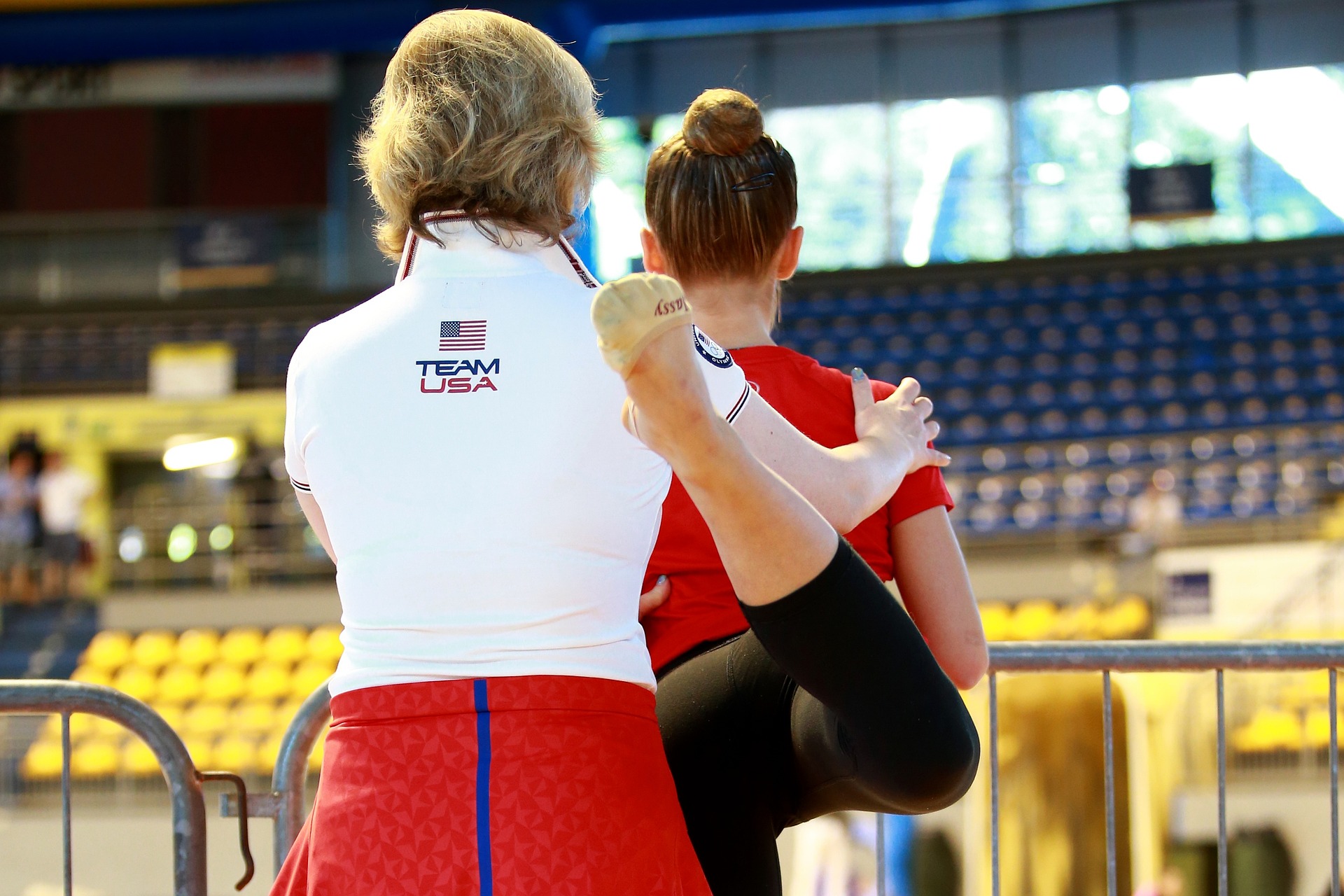The Unsung Heroes: Athletic Trainers in American Sports
In the high-stakes world of American sports, athletes often steal the spotlight. However, behind every successful team and star player stands a group of dedicated professionals working tirelessly to keep athletes in peak condition. Athletic trainers, the unsung heroes of sports medicine, play a crucial role in preventing injuries, optimizing performance, and facilitating recovery. This article delves into the evolving landscape of athletic training in the United States and its impact on modern sports.

The Evolving Role of Athletic Trainers
Athletic training has come a long way since its inception in the early 20th century. Initially focused primarily on taping ankles and providing basic first aid, today’s athletic trainers are highly skilled healthcare professionals with extensive knowledge in injury prevention, diagnosis, and rehabilitation. They work closely with athletes, coaches, and medical staff to develop comprehensive training programs that address individual needs and team dynamics.
The scope of their responsibilities has expanded to include biomechanical analysis, nutrition counseling, and mental health support. With advancements in sports science, athletic trainers now utilize cutting-edge technology to monitor athletes’ physiological data in real-time, allowing for personalized interventions and performance optimization. This holistic approach has revolutionized how teams manage their athletes’ health and has significantly contributed to extending careers and improving overall performance across various sports.
Injury Prevention: A Proactive Approach
One of the most critical aspects of an athletic trainer’s job is injury prevention. By implementing evidence-based strategies, they help athletes avoid common sports-related injuries and maintain long-term health. This proactive approach involves comprehensive pre-participation screenings, individualized strength and conditioning programs, and education on proper technique and body mechanics.
Athletic trainers work closely with strength and conditioning coaches to design sport-specific training regimens that address potential weaknesses and imbalances. They also play a crucial role in educating athletes about the importance of proper nutrition, hydration, and rest in preventing injuries. By fostering a culture of prevention, athletic trainers not only protect athletes’ health but also contribute to team success by reducing time lost to injuries and enhancing overall performance.
The Science of Recovery and Rehabilitation
When injuries do occur, athletic trainers are at the forefront of the recovery and rehabilitation process. Their expertise in anatomy, physiology, and kinesiology allows them to develop tailored rehabilitation programs that facilitate optimal healing and a safe return to play. These programs often incorporate a combination of manual therapy, therapeutic exercises, and modalities such as ultrasound and electrical stimulation.
Modern athletic trainers also leverage advanced recovery techniques to help athletes bounce back from intense training and competition. This may include the use of compression garments, hydrotherapy, and even cutting-edge technologies like whole-body cryotherapy. By carefully monitoring an athlete’s progress and adjusting treatment plans accordingly, athletic trainers ensure a safe and efficient return to sport while minimizing the risk of re-injury.
The Impact on Performance and Longevity
The work of athletic trainers extends far beyond injury management. They play a crucial role in optimizing athletic performance through various means. By conducting regular assessments of an athlete’s strength, flexibility, and movement patterns, they can identify areas for improvement and develop targeted training programs. This attention to detail can lead to significant gains in speed, power, and overall athletic ability.
Moreover, athletic trainers contribute to extending athletes’ careers by helping them manage the physical demands of their sport over time. Through proper conditioning, injury prevention strategies, and ongoing health monitoring, they enable athletes to maintain peak performance for longer periods. This not only benefits individual athletes but also enhances the overall quality of sports competitions, allowing fans to enjoy their favorite players’ performances for extended periods.
• Athletic trainers in the US must have at least a bachelor’s degree from an accredited athletic training program and pass a comprehensive certification exam.
• The demand for athletic trainers is expected to grow 16% from 2019 to 2029, much faster than the average for all occupations.
• Athletic trainers work in various settings, including professional sports teams, colleges, high schools, hospitals, and clinics.
• Many athletic trainers specialize in specific sports or areas of practice, such as pediatrics or performing arts medicine.
• The use of wearable technology and data analytics has become increasingly important in modern athletic training practices.
• Athletic trainers often work long and irregular hours, including evenings and weekends, to accommodate athletes’ schedules.
• Proper hydration can reduce the risk of heat-related illnesses and improve overall athletic performance.
• Regular sleep patterns and adequate rest are crucial for athletic recovery and injury prevention.
In conclusion, athletic trainers have become indispensable figures in the world of American sports. Their multifaceted role in injury prevention, rehabilitation, and performance optimization has revolutionized how athletes train, compete, and recover. As sports continue to evolve and push the boundaries of human performance, the expertise of athletic trainers will remain crucial in safeguarding athletes’ health and enabling them to achieve their full potential. By recognizing and appreciating the vital work of these unsung heroes, we gain a deeper understanding of the complex ecosystem that supports the thrilling sports performances we all enjoy.




